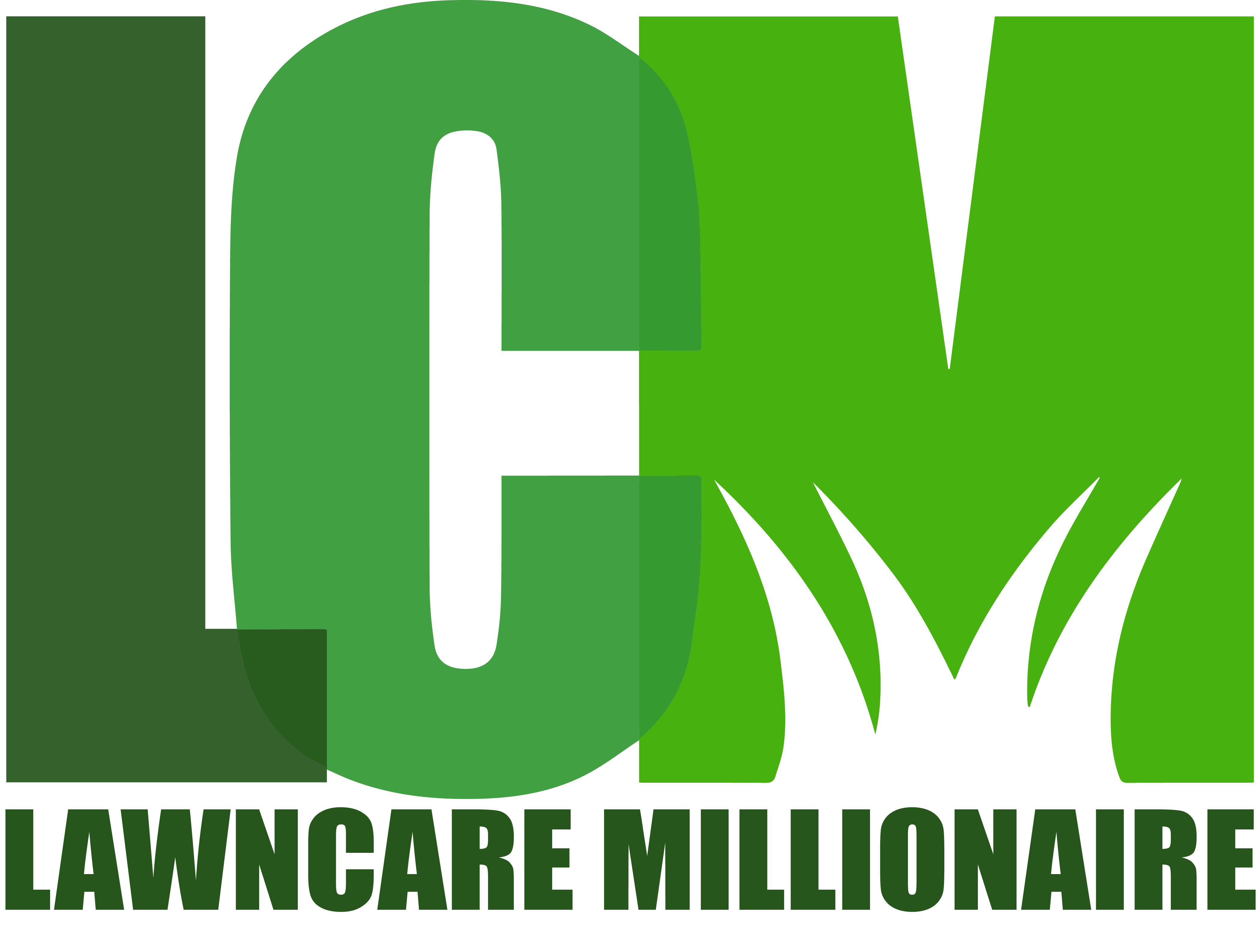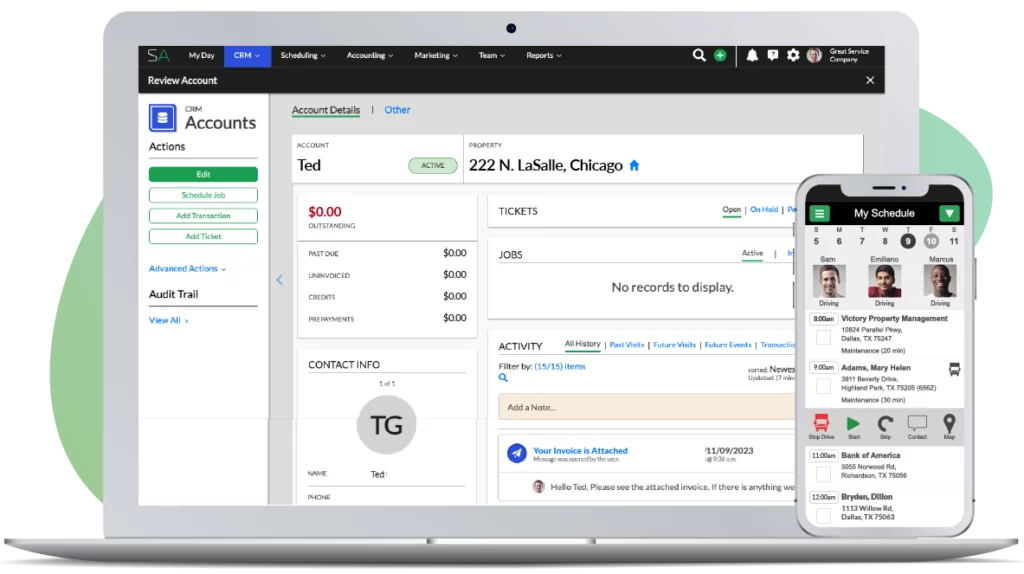The question is, how do I price a yard? I am going to give you a really fast answer on how you price a yard and this will apply to the maintenance side of both residential and commercial lawns.
Let us just break it down as simple as possible. First know the turf size. You must find the gross square footage of the entire property, then measure the turf square footage. I will give you an example. Let us say you are maintaining a property that is a 20,000 square foot lot but the turf is 5,000 square feet. That means there are a lot of flower beds or has a lot of concrete. It takes time for your workers to walk from the front of the property to the back and it takes time for your staff to blow off all the concrete areas. It takes time to clean up and weed eat the grass that grows up in the cracks of the sidewalks and the concrete areas. That all still takes a lot of time. So, even though the turf is only 5,000 square feet, it is still a larger property. There is time associated with that.
Next, you need to know the relationship of time to money. And, you need to know the relationship of square footage to production speed. I get that when you are starting out, you do not know all of that. I would study the market and comparison shop. I would also have friends and family hire your competitors to find out what they charge. You can start there as you begin to learn your numbers. Then, you can begin to price so that you get the profit margin you want.
To understand your numbers, you have to measure all of your properties and track your production times. How long does it take your crew to mow it? Are you making money? Once you start to understand the relationship between production time and square footage, you start to learn how to price so that you can simply measure a lawn and know exactly what you need to charge.
An easy way to measure a lawn is by using Google Earth Pro. You can also go out and measure it with a wheel or use tax records. We then price lawn mowing, and even fertilization, by per thousand square feet.
When it gets into trimming bushes, we still eyeball a lot of stuff. I hate to admit it because even as big as we are now, we are still having our estimators look at it and eyeball it. That is not really the right way to be doing it. We are trying to move towards a system where you literally know the time it takes to trim the different bush types based on the different sizes. The estimator will simply count the different bushes, at different sizes and shapes and measure the linear square footage, and plug the numbers into a spreadsheet to calculate the time. Then, it will multiply that times your billable man hours.
When you are bidding commercial properties, you need to make sure that you put the most optimal piece of equipment on each part of the property. For example, for the large areas, how big of a rider of zero radius could you get on there? You do not want to mow the big areas with the push mower because you will never be competitive. You want the best equipment on each segment of the property. Then, know your production speed on the different types of equipment. Once you know that, you can measure your properties, apply a time to it, and then apply the man hour rate that you need to achieve your profitability.
You want to move to a systematized approach where you can hire somebody that costs you less to go out to do the counts, do the measurements, and then a computer program puts the whole thing together and spits out a bid. A lot of work is involved in getting to this point. You have to do a lot of measurements and a lot of testing. You have to have multiple personnel trim the same things and mow the same areas so that you can get your timed averages. But, this is how you become efficient and prevent costly mistakes.
In the beginning, you have to start out simple. Begin by looking at how the market is pricing, but only use it as a benchmark to learn from. Then, gain some experience and learn your numbers.
Podcast: Play in new window | Download
Subscribe: RSS



